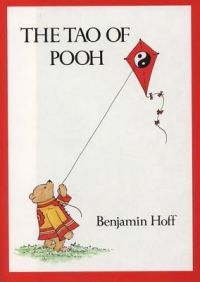
The Book of Joy: Lasting Happiness in a Changing World
by the Dalai Lama and Desmond Tutu with Douglas Abrams
To celebrate the Dalai Lama’s 80th birthday, Archbishop Desmond Tutu spent five days in Dharamsala, India discussing the theme of joy with his friend. “Together they explored how we can transform joy from an ephemeral state into an enduring trait, from a fleeting feeling into a lasting way of being.”
What really comes through in this book is that these two have a fun and authentic rapport. The discussion was facilitated by their co-author Douglas Abrams and Thupten Jinpa, who translates for the Dalai Lama when needed.
Continue reading “The Book of Joy”






